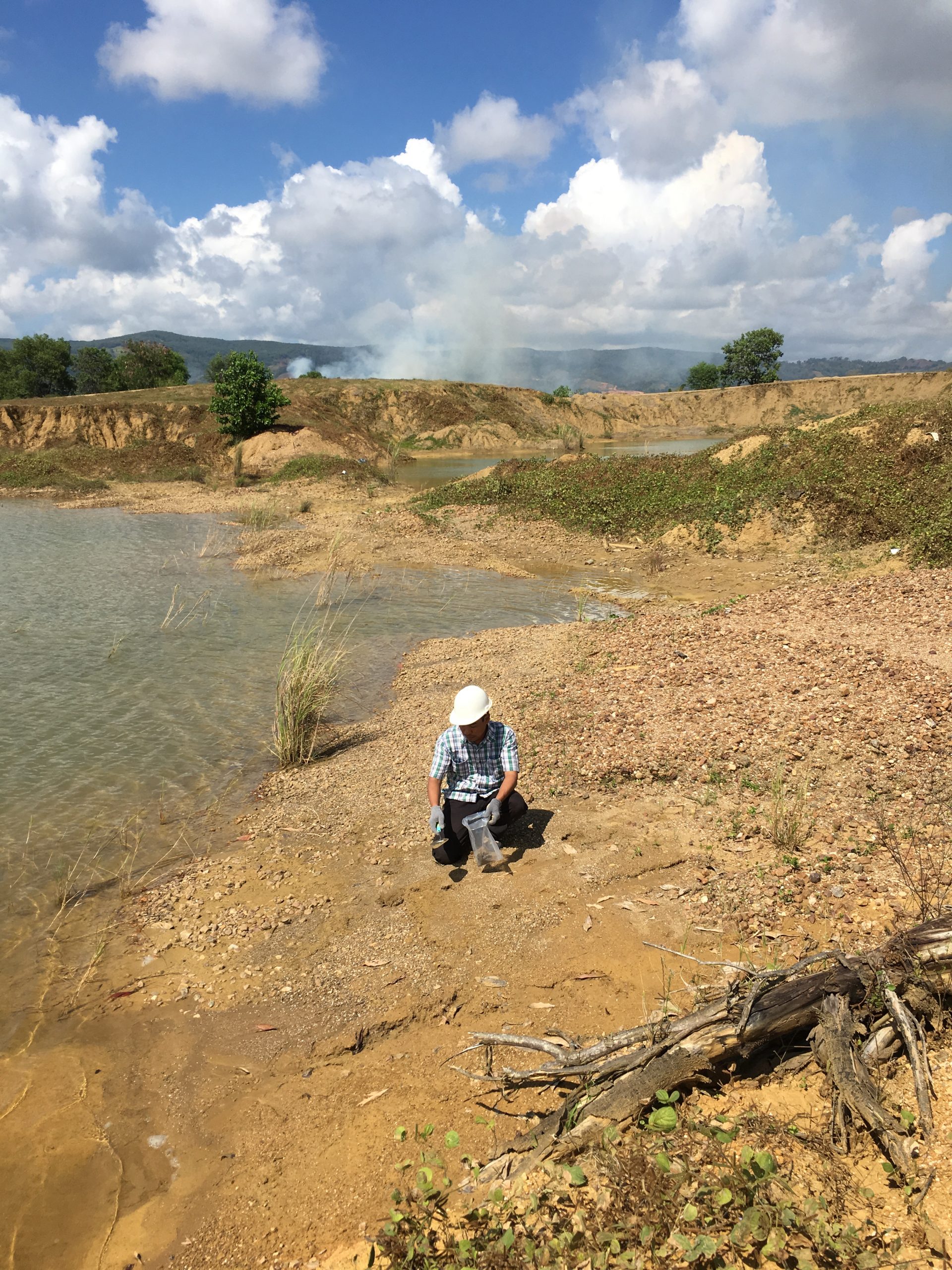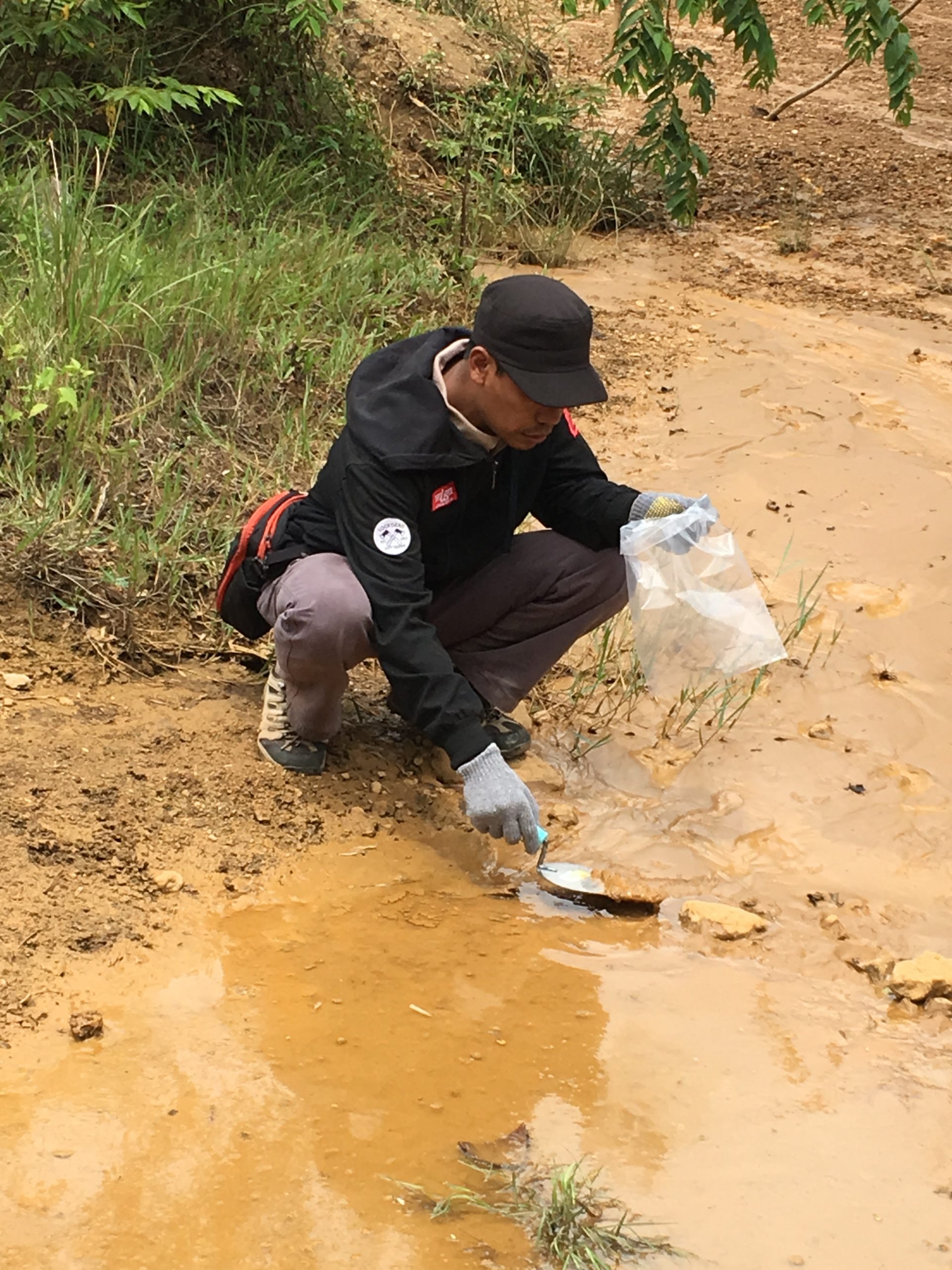Mercury (Hg) contamination in soil and forage plants is toxic to ecosystems and artisanal and small-scale gold mining (ASGM) is the main source of such pollution in the Bombana area of Indonesia. Hg contamination in soil and forage plants was investigated by particle-induced X-ray emission analysis of samples collected from three savannah areas (i.e., ASGM, commercial mining, and control areas) in the Bombana area. Hg contents of forage plants in the ASGM area (mean 9.90 14 g/g) exceeded those in the control area (2.70 14 g/g). Soil Hg contents (mean 390 860 g/g) were also higher than those in the control area (mean 7.40 9.90 g/g), with levels exceeding international regulatory limits. The Hg contents of 69% of soil and 78% of forage-plant samples exceeded critical toxicological limits. Thus, the Hg levels observed in this study indicate that contamination extending over large areas may cause major environmental problems.


Illegal mining in the artisanal and small-scale gold mining sector is the main source of anthropogenic environmental Hg emissions globally. Environmental impact results from discharge of Hg to the atmosphere, contaminating soil and vegetation. Bombana is a unique tropical savannah area with increasing ASGM activity. This study evaluated Hg concentrations in soil and forage plants, including ASGM and commercial mining, and control areas. The main finding of this study of environmental Hg contamination in the Bombana area is that Hg contamination of soil and forage plants is attributable to the uncontrolled use of Hg in gold-ore processing. Concentrations of Hg in soil and forage plants generally exceed internationally accepted permissible guidelines. The anticipated growth of the ASGM sector will impose an environmental impact on inhabitants of ASGM areas; consequently, Hg pollution-reduction programs are critical in mitigating environmental hazards.
For more information about this research, please visit here to see the full research paper and its results.
